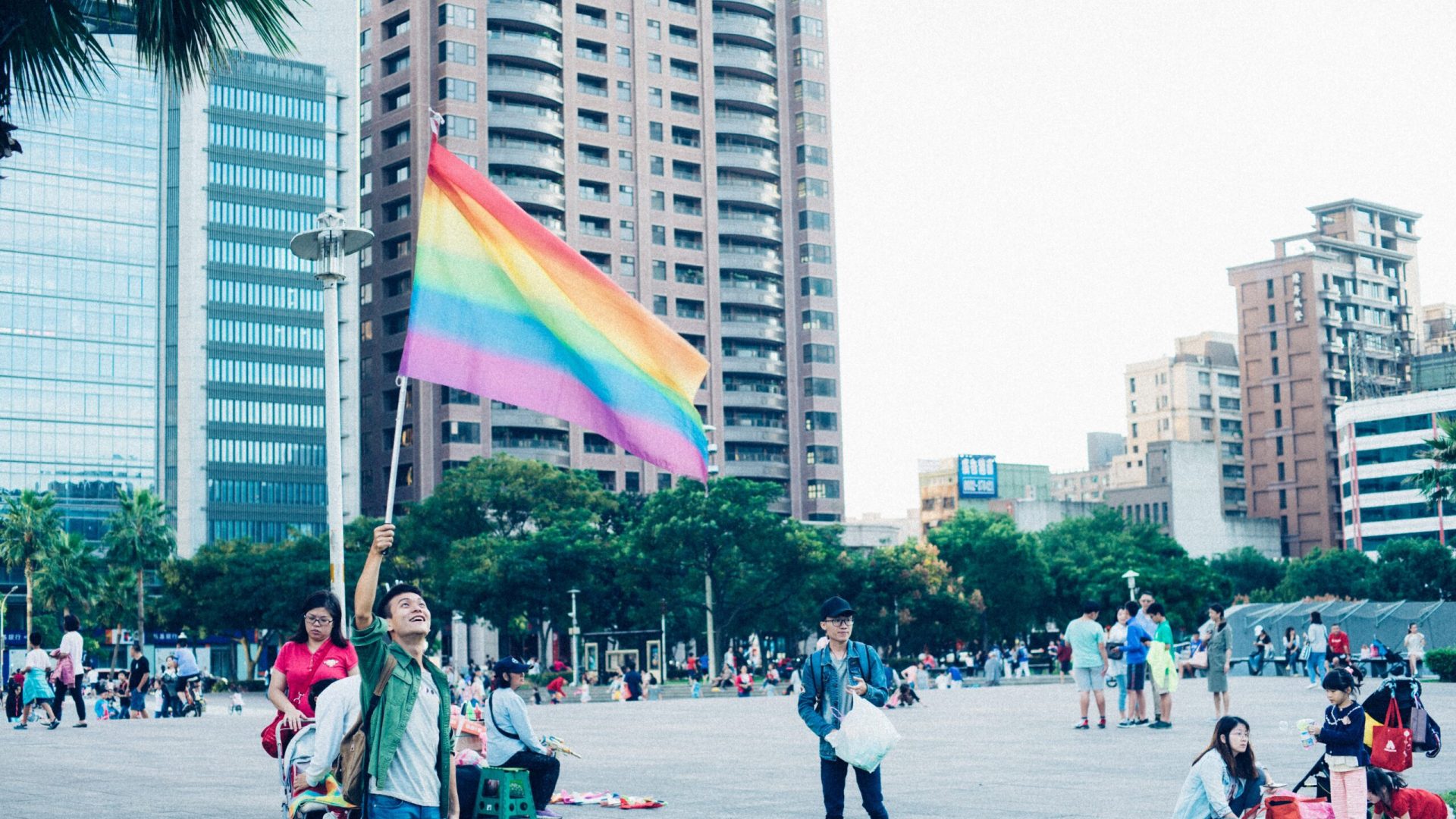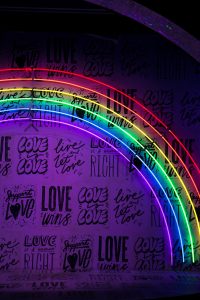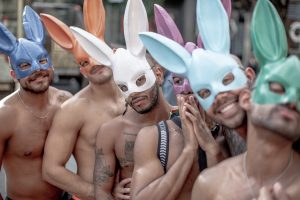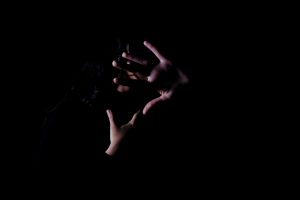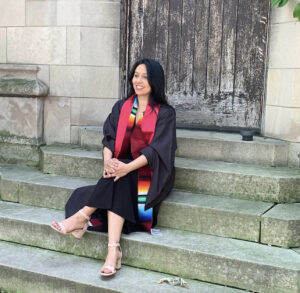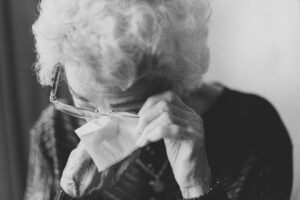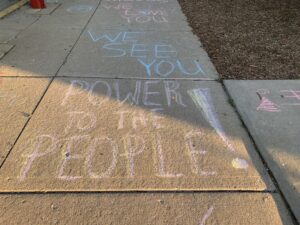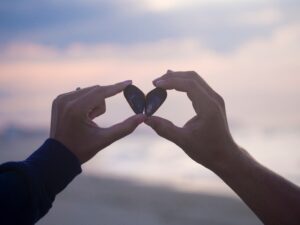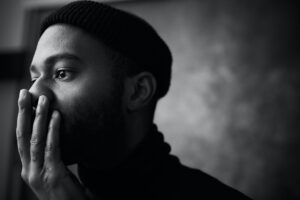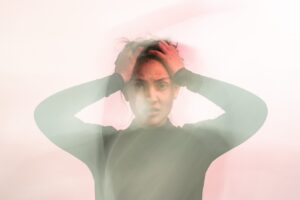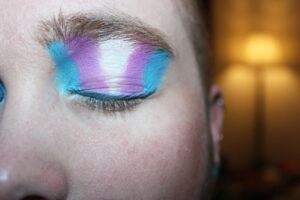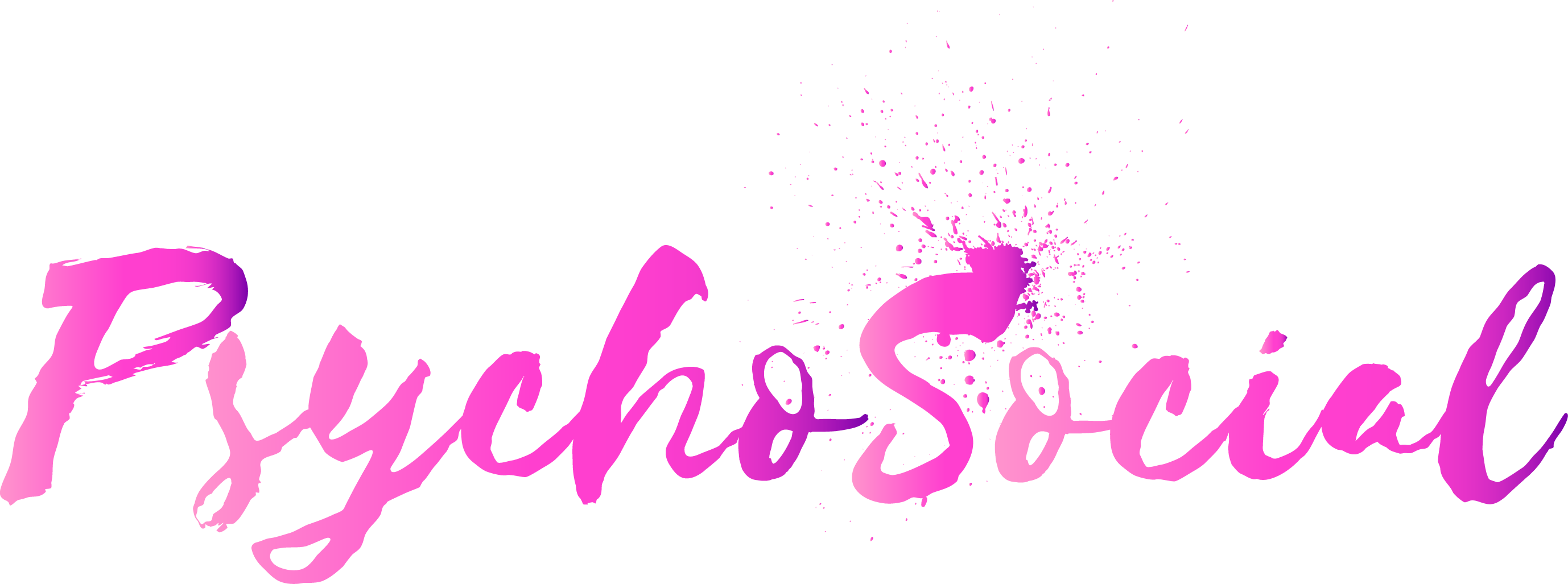As a gay man, I remember my constant struggle with coming out (read more about the coming out cycle here). I grew up in a conservative and religious home. Needless to say, it wasn’t easy. Yet, it wasn’t until I came out of the closet that I realized just how much damage had been done to my mental and emotional well-being. After all, can we really lock someone up in a mental/emotional prison and expect them to feel good about themselves once they are out? The closet for me always felt like solitary confinement. Sure, I was protected, and I was able to create a sense of safety for myself even through the chaos. But the cost, however, was something I was not prepared to pay. Trauma does not only apply to one single event, and it can transcend generations, communities, and individuals. It’s complex and can contain multiple layers. The LGBTQ+ community is one prime example of how whole groups of people experience trauma collectively and continues to deal with the stigma and repercussions of discrimination through daily microaggressions and in some cases, violence. This is particularly truer for members of the LGBTQ+ community who also identify as people of color.
When talking about something as complex as identity and oppression, it’s essential to talk about intersectionality, which is a term used to describe the interconnected nature of social categories like class, race, sexuality, gender, ethnicity, disability, and others. It can also be looked at as different ways in which people can be oppressed and placed at a disadvantage based on these individual qualities. For example, someone can identify as female, lesbian, disabled, and Latinx. These categories do not exist individually; instead, they are intertwined and impact the way the individual mentioned above would navigate through the world and deal with multiple levels of oppression and discrimination based on her identity. There is a lot more to it, and we will be sharing a future post dedicated to intersectionality. For now, the diagram below shows a visual representation of how our different identities interconnect.
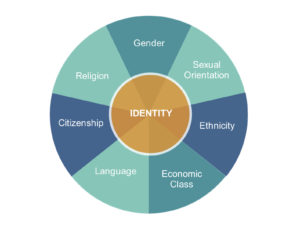
For many of us in the LGBTQ+ community, our childhood most likely included daily messages of fear, anger, and hate. After a while, these messages start to become internalized, and as a result, many of us develop internalized homophobia (we adopt the messages as truths). Most of the time, we are not even aware of how much this internalized damage has affected us until we come out and begin to search for a sense of belonging. We often have to deal with so much shame and a constant fear that it not only affects our interactions with other people, but it keeps us from being genuine for fear of rejection or danger. We continuously feel guarded, paranoid, worried, in denial, betrayed, and fearful. These prolonged feelings often lead to high levels of anxiety, depression, and trauma. The most heartbreaking part of this phenomenon is that carrying these negative feelings around for years doesn’t just become a burden for us (sometimes subconsciously), but they strangely become a form of survival. They become our coping strategies, and they serve a purpose, regardless of how maladaptive they are. After all, how else can we feel when we’ve been told that the world isn’t safe for us because there is “something wrong with us.” These experiences not only keep us from having healthy and fully functional lives, but they also cause us tremendous emotional pain.
Of course, there are those individuals who have been fortunate enough to grow up in supportive and open homes. And, there is no doubt that these experiences serve as strengths and buffers from some of the emotional turmoil. Yet when we talk about it socially, politically, and globally, then we realize that there is no way to escape the daily microaggressions and challenges of being LGBTQ+. Even in today’s world, we still see individuals from the LGBTQ+ community punished by death and torture because of their identity. At the same time, we see PRIDE, new protections/rights, and more visibility in media. Yet, it has taken years, sacrifices, and pain. From those first rebellions at Gene Compton’s Cafeteria (San Francisco), and the Stonewall Inn (New York City), to modern-day activists still fighting for LGBTQ+ rights, it has been a constant struggle for acceptance.
Life wasn’t ever what it seemed on the surface. Nothing could be trusted for what it appeared to be. After all, you weren’t what you appeared to be. In learning to hide part of yourself, you lost the ability to trust anything or anyone fully. Without knowing it, you traded humane innocence for dry cynicism.”
-Alan Downs, The Velvet Rage: Overcoming the Pain of Growing Up Gay in a Straight Man’s World
For me, personally, going to therapy and learning about self-love has been crucial in my journey. It wasn’t until I was open to processing my feelings about my experiences growing up and working through the anger I developed that I was able to understand and learn to love myself. Of course, this continues to be a work in progress, and will most likely be a lifetime process. Yet, we deserve to live, love, laugh, and celebrate our resilience and beauty! We may not have control over what happened, but we do have control over the possibilities of what can be. If you are someone in the LGBTQ+ community who is struggling with your identity or just going through a rough time, make sure to reach out for help. There are tons of free support services that can help you navigate and access help. Check-out PsychoSocial’s listings by clicking here.
Internalized Homophobia: Feelings of fear and hostility towards homosexuality that are within oneself.
Source: Healthy Place
Cover Photo by Andrew Leu on Unsplash
What is intersectionality, and what does it have to do with me?
Luis is a Licensed Marriage & Family Therapist who graduated from Long Beach State University with a Masters degree in Counseling Psychology (2015). He also has a Bachelors's degree in Child and Adolescent Development with an emphasis on Public Policy from San Francisco State University (2011). Luis has over 9 years of experience working with children and families both in education and mental health. Previously, Luis worked for a non-profit agency in San Francisco, CA providing mental health consultation in early head start programs and SFUSD pre-schools. Currently, Luis works at Kaiser in San Francisco providing mental health services.
His therapeutic interests include working with Trauma, the LGBTQ community, Children, Families, Couples, and POC. His personal interests include; Films, Reading, Writing, Art, Travelling, Disney, and Food. He is also a recipient of the California State Stipend award (2015). PsychoSocial is part of Luis' dedication to mental health and an example of his passion to educate others. Luis hopes that through PsychoSocial he will be able to help in the fight to end the stigma around mental illness.
#EndtheStigma
-
Luis Cornejo, LMFThttps://psychosocial.media/author/psychosocial/September 18, 2017
-
Luis Cornejo, LMFThttps://psychosocial.media/author/psychosocial/January 28, 2018

